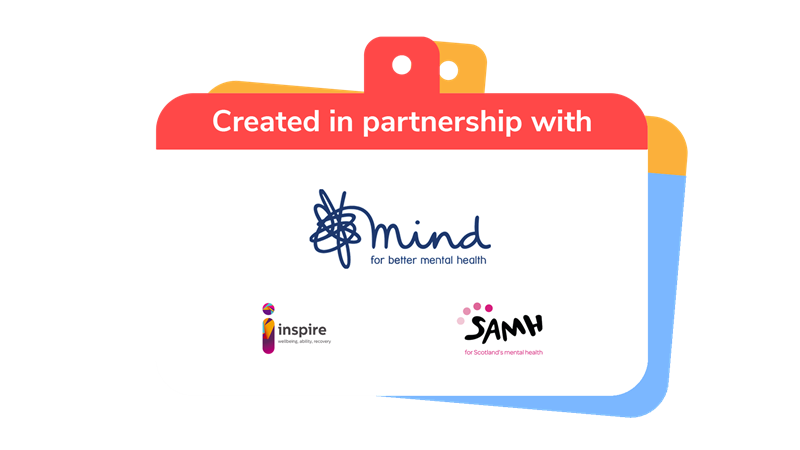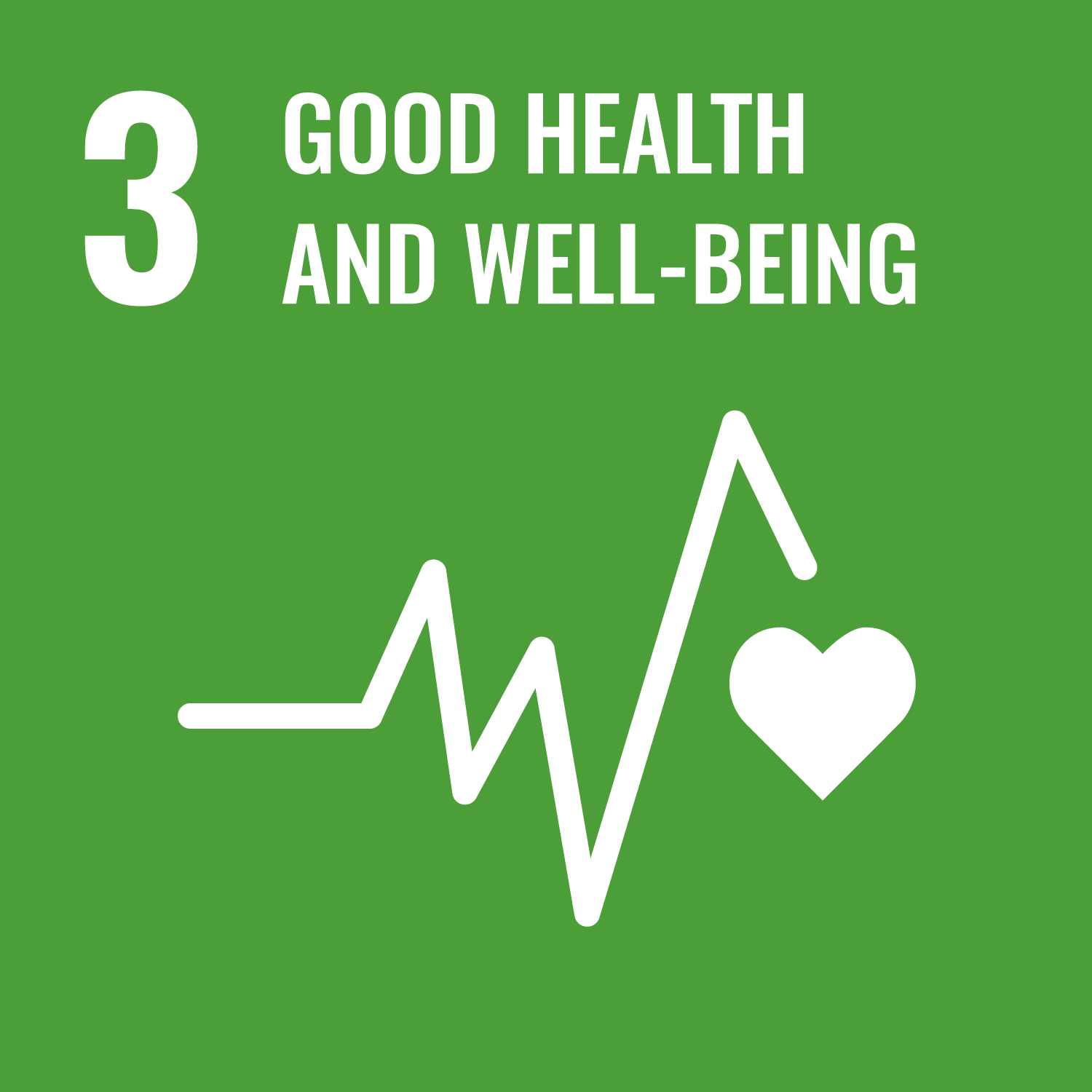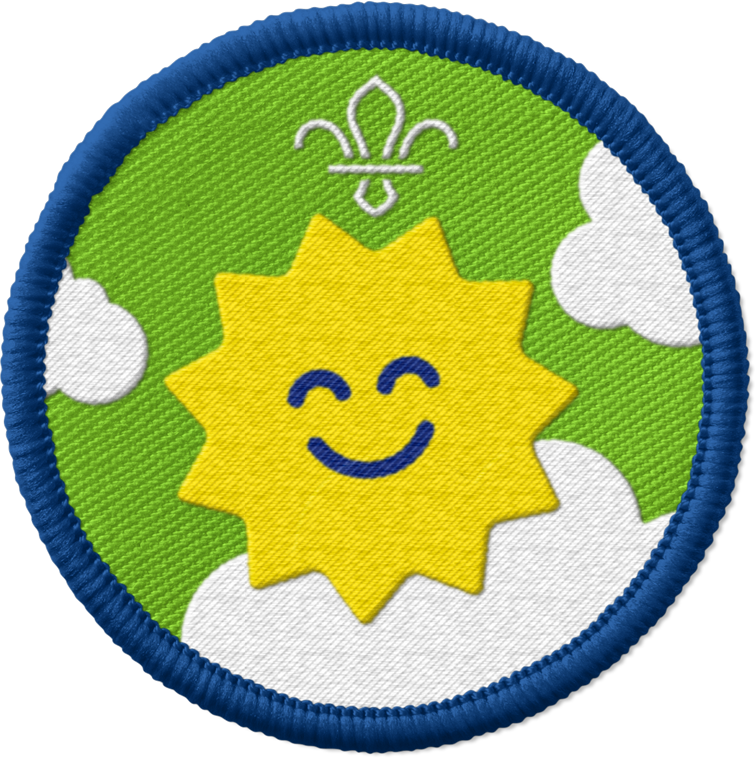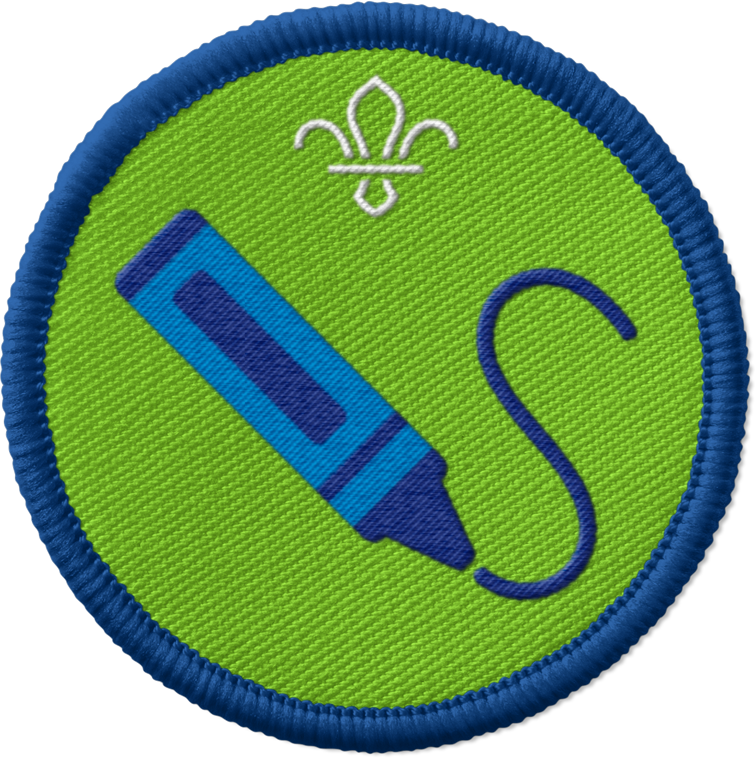
Happy or sad?
You’ll need
- Craft materials (for example, tissue paper, pipe cleaners, stickers)
- PVA glue
- Sticky tape
- Paper drinking straws
- Coloured pens or pencils
- Pens or pencils
Making the happy and sad signs
- Ask everyone to create a happy sign and a sad sign, using the materials provided. This could be done by drawing a happy face on one side of a plate and a sad face on the other side.
- These signs will be used to identify things that make them and others happy or sad.
Running the activity
- The person leading the game or everyone playing can take it in turns to read out examples of things that could make people happy or sad.
Examples could be:
- Having an argument with friends
- Getting in trouble at school
- A pet being ill
- A family member being ill
- Exams
- Homework
- Playing sports
- Going to Scouts (or other social groups)
- Spending time with friends or family
- Eating pizza
- After each example everyone should hold up either their happy or sad sign depending on how the example makes them feel.
- After 5-10 examples, everyone should discuss why they said that certain things make them sad, and where they go to for support when feeling low (family, friends, teacher etc).
- Remind everyone that they could use their smiley and sad faces in other sessions or at home if they want to tell someone how they feel.

This activity helps contribute towards some of the UN's Sustainable Development Goals. Find out more about the SDGs, and how Scouts across the world are getting involved.


Reflection
This activity helped us all to explore how different things make us feel and become more confident talking about what makes us happy or sad. Being comfortable talking about how we feel can improve our wellbeing and make us happier. Think about one thing that makes you happy. This could be playing in the park, holidays or even eating pizza with friends. Now think about what you could do to do this more often or in different ways. For example, regular trips to see friends or playing outside more.
Safety
All activities must be safely managed. You must complete a thorough risk assessment and take appropriate steps to reduce risk. Use the safety checklist to help you plan and risk assess your activity. Always get approval for the activity, and have suitable supervision and an InTouch process.
- Glue and solvents
Always supervise young people appropriately when they’re using glue and solvent products. Make sure there’s plenty of ventilation. Be aware of any medical conditions that could be affected by glue or solvent use and make adjustments as needed.
- Sharp objects
Teach young people how to use sharp objects safely. Supervise them appropriately throughout. Store all sharp objects securely, out of the reach of young people.
- Rubbish and recycling
All items should be clean and suitable for this activity.
Make it accessible
All Scout activities should be inclusive and accessible.
Explore mental health more by finding out about the charity Mind and what they do scouts@mind.org.uk.
Discover more at the Mind website.


